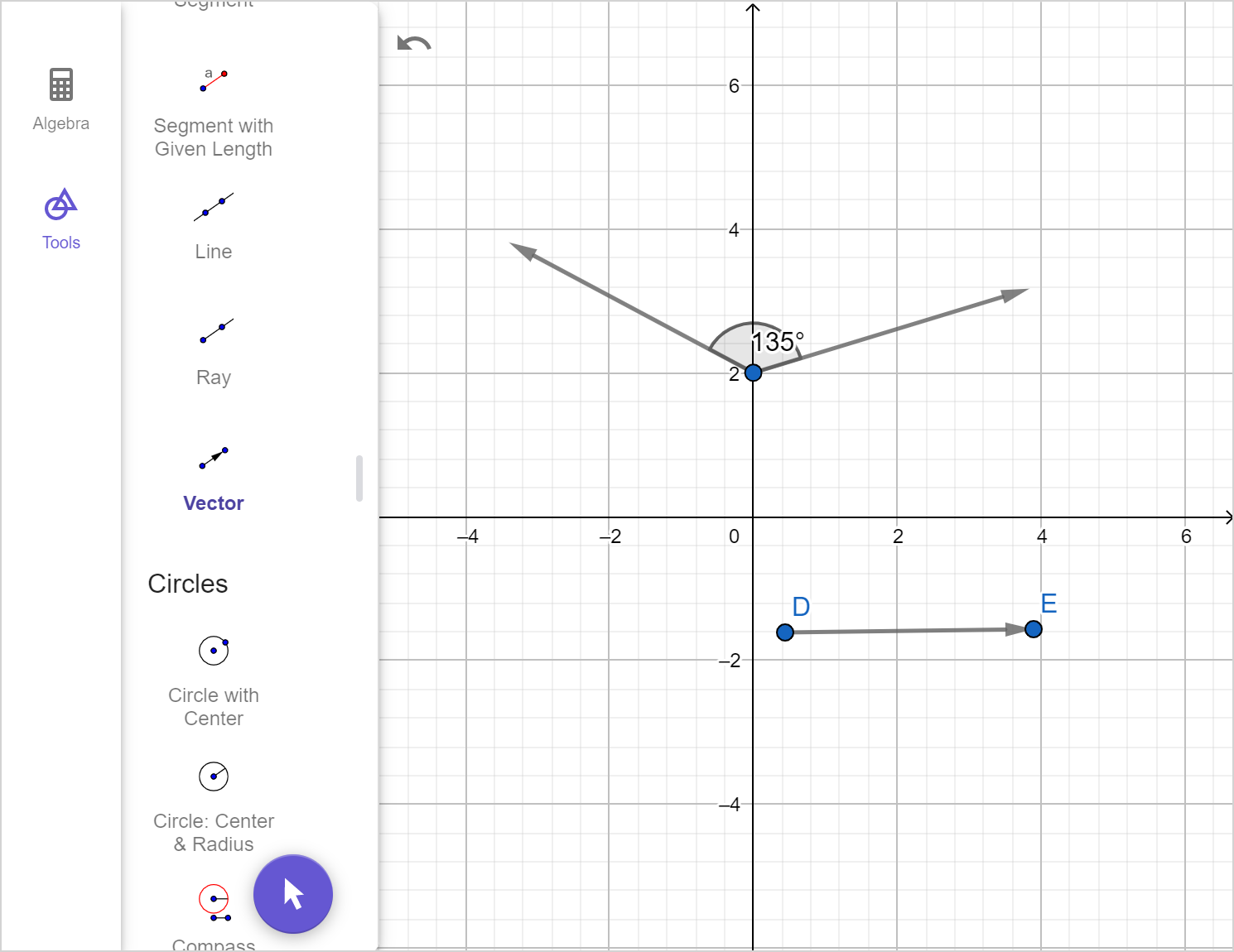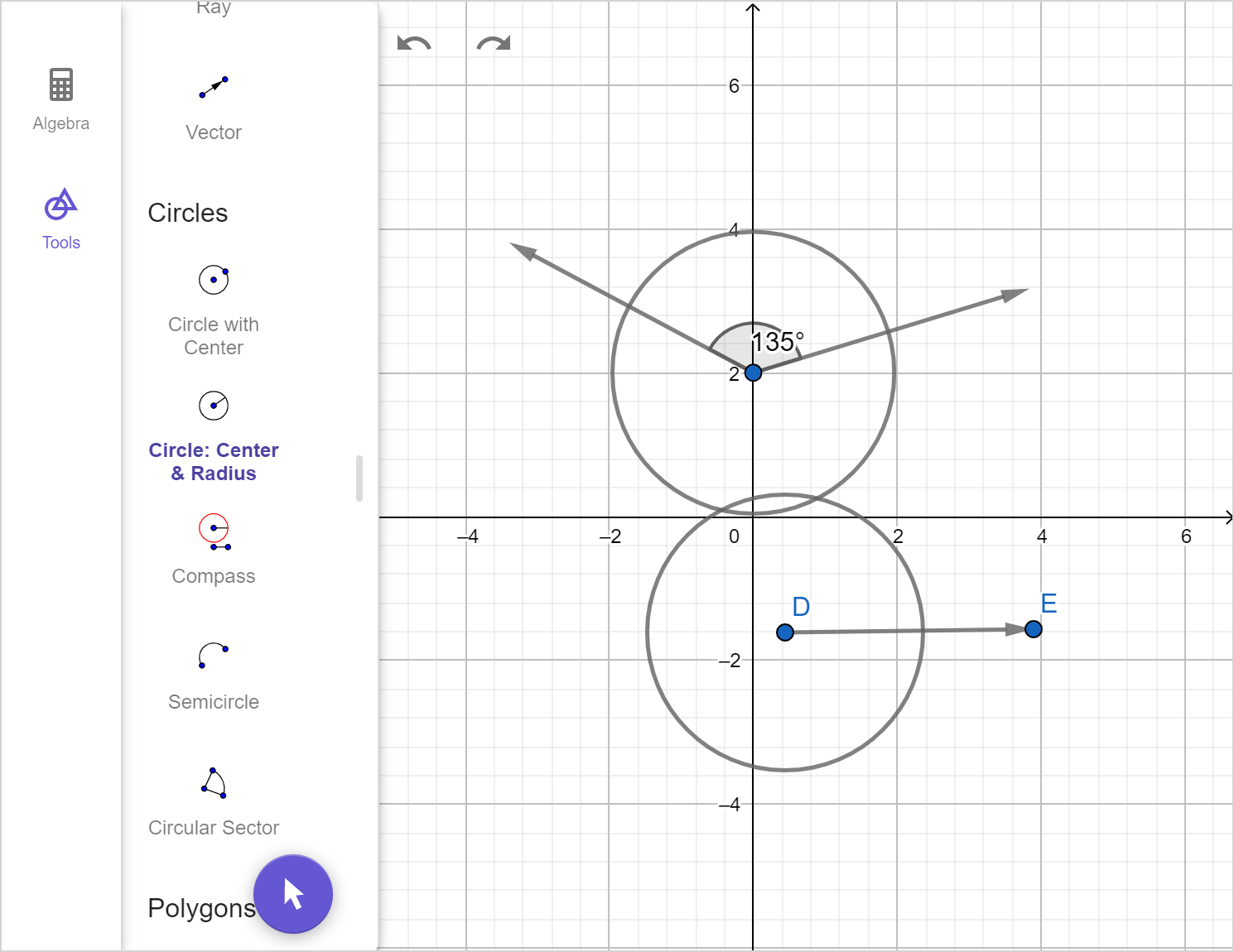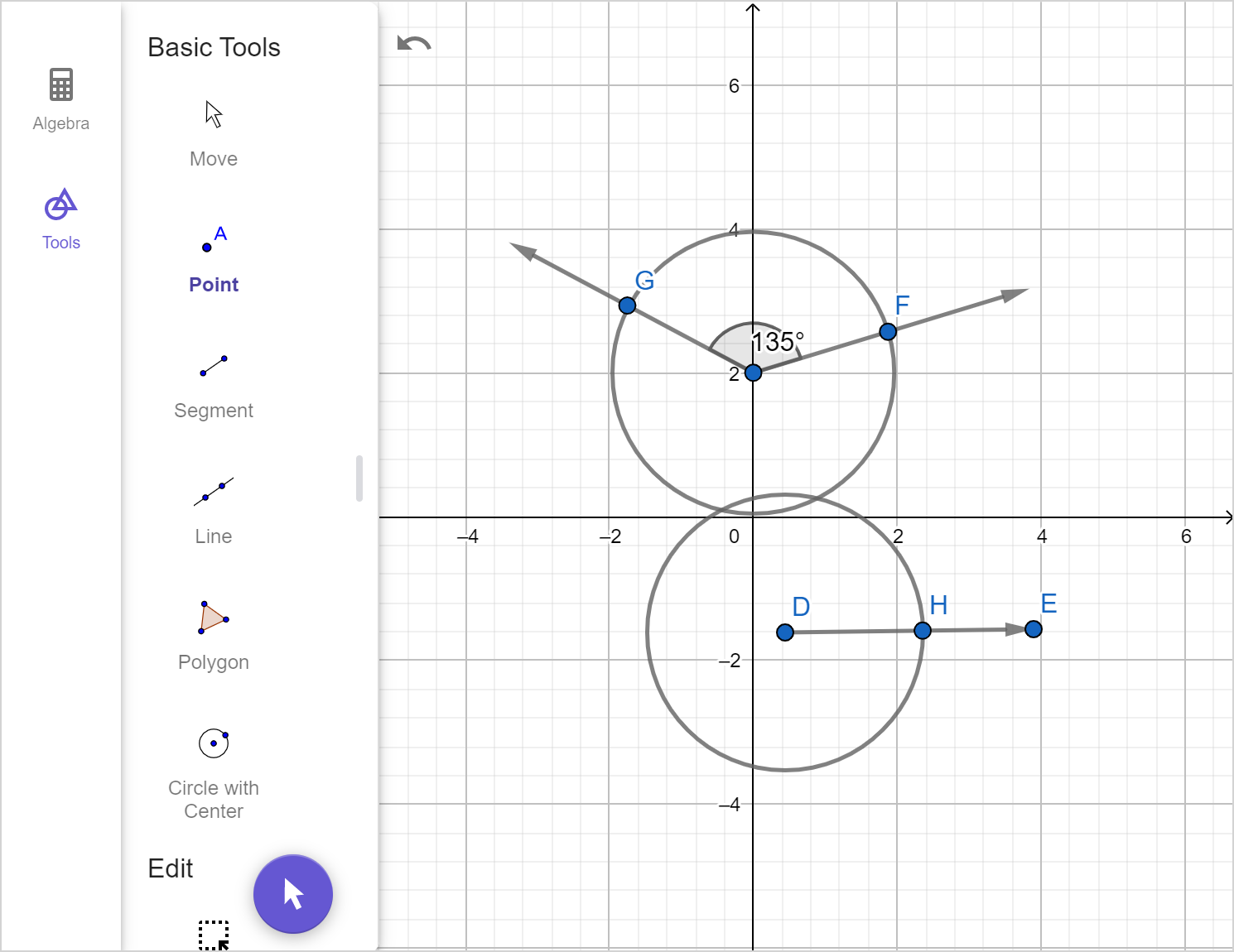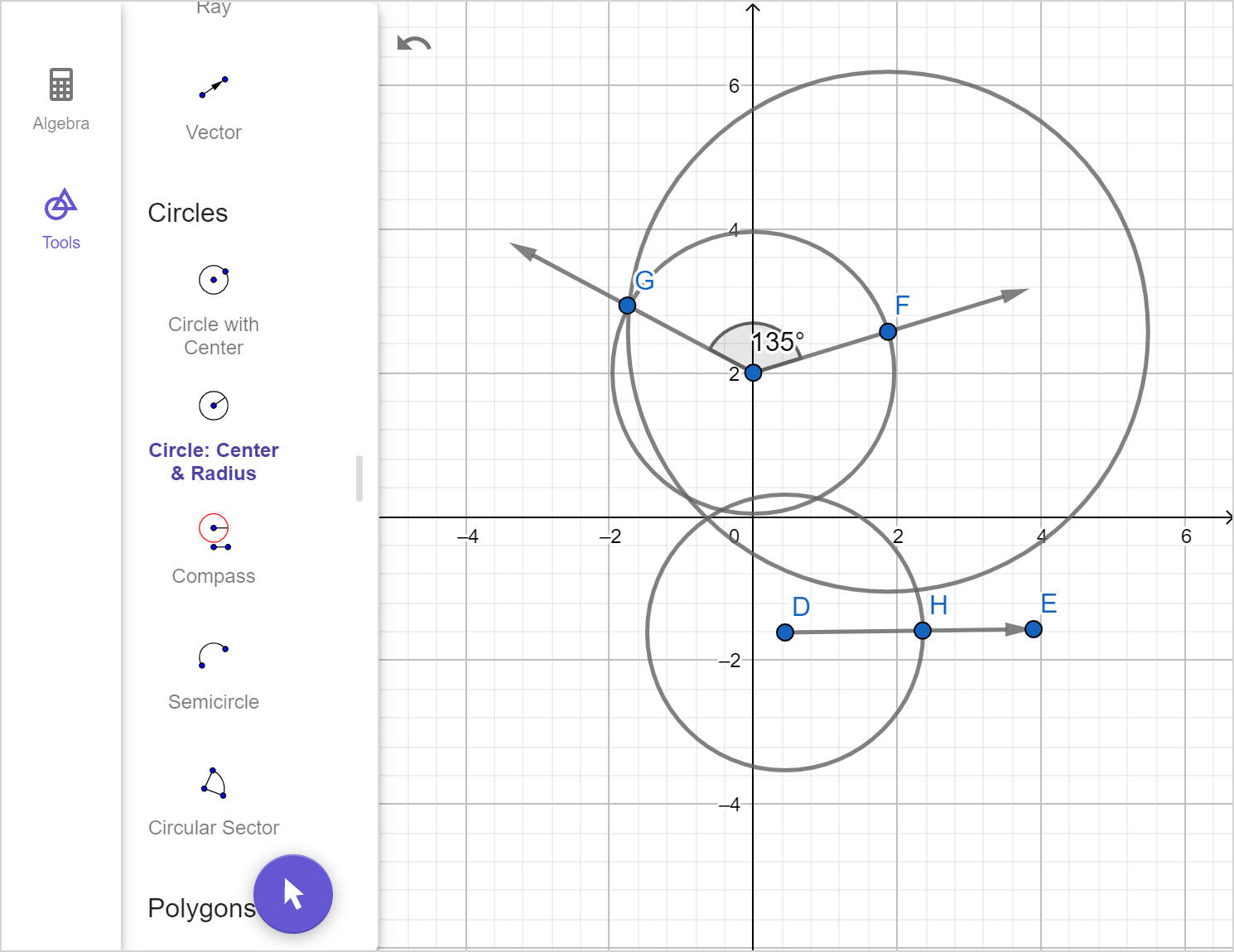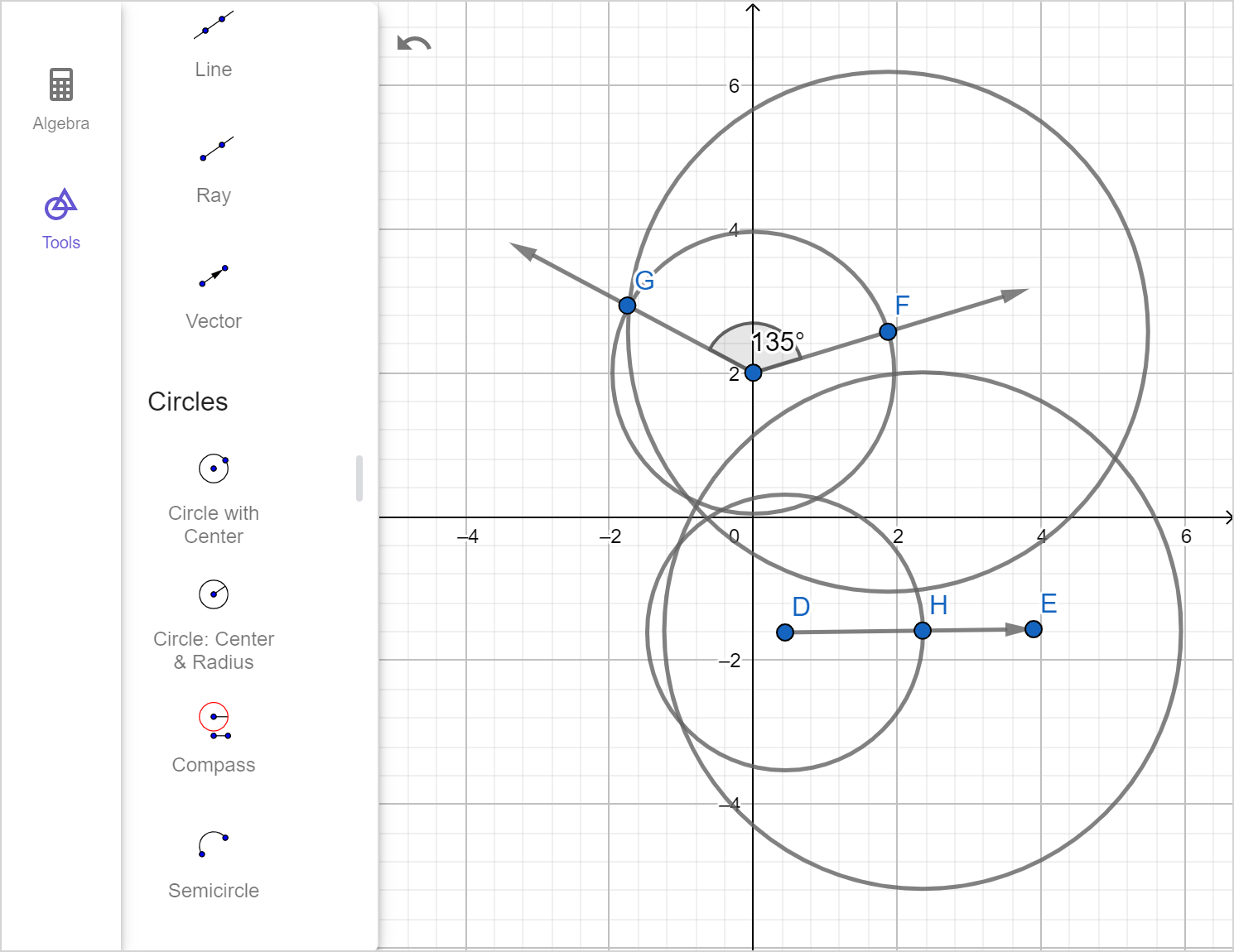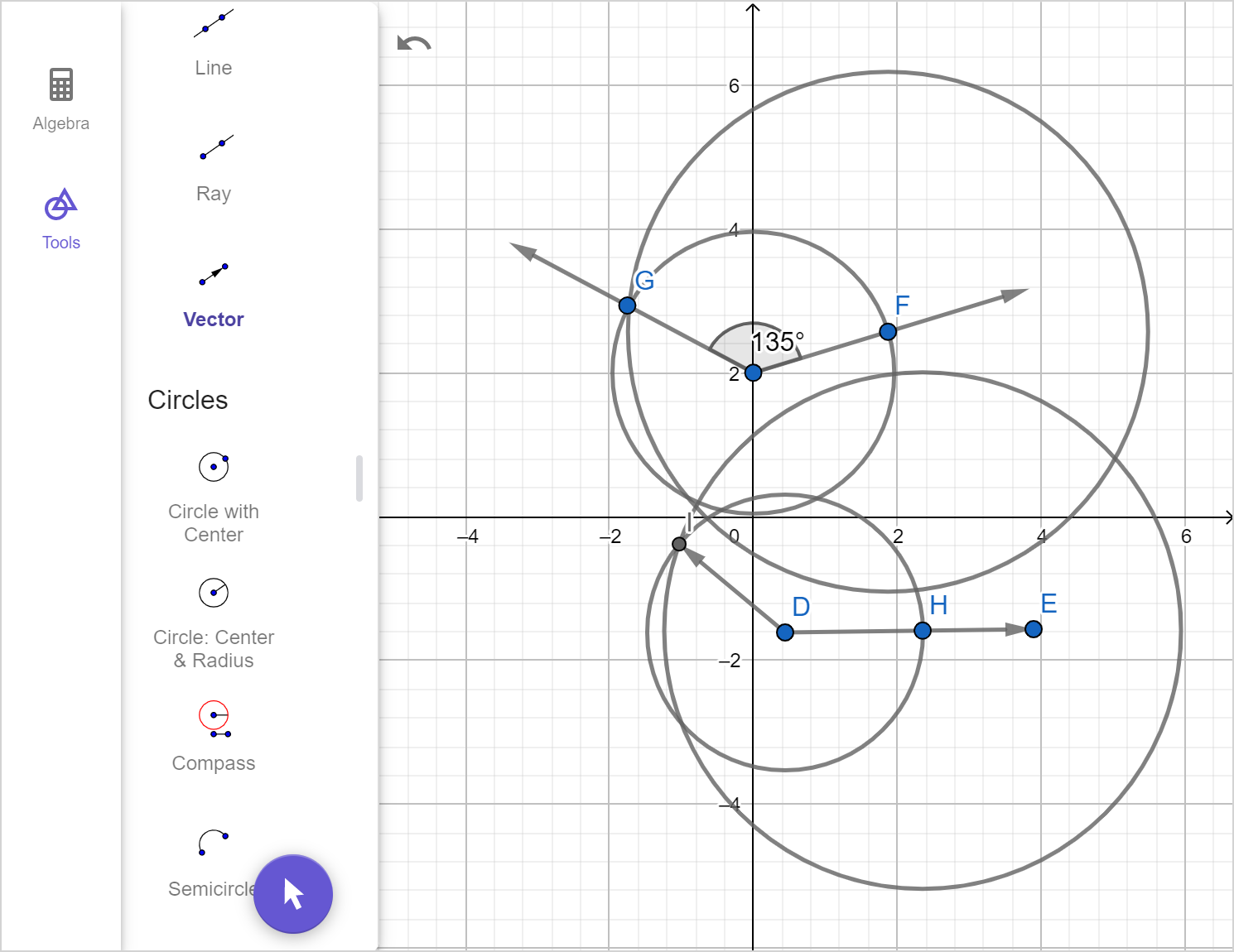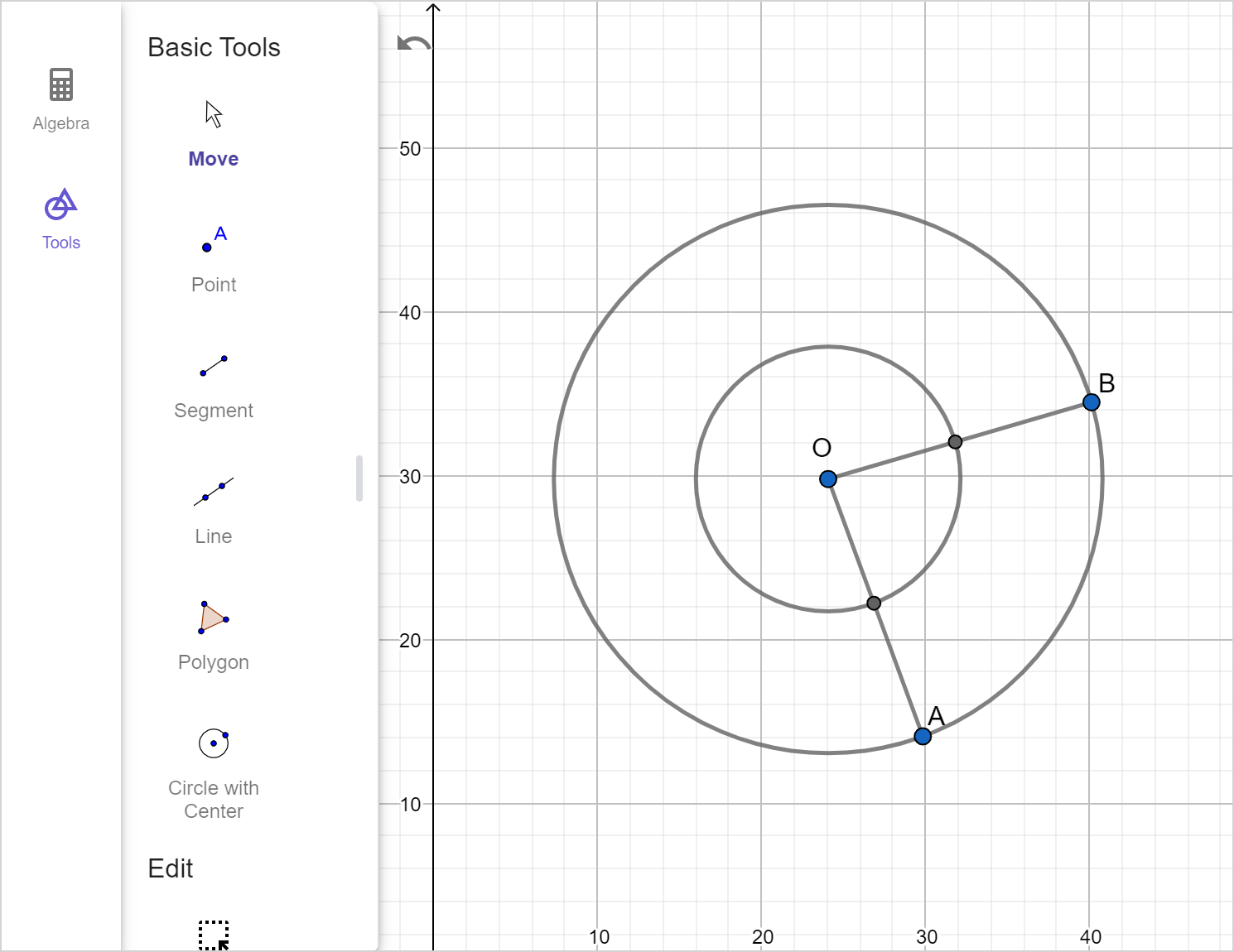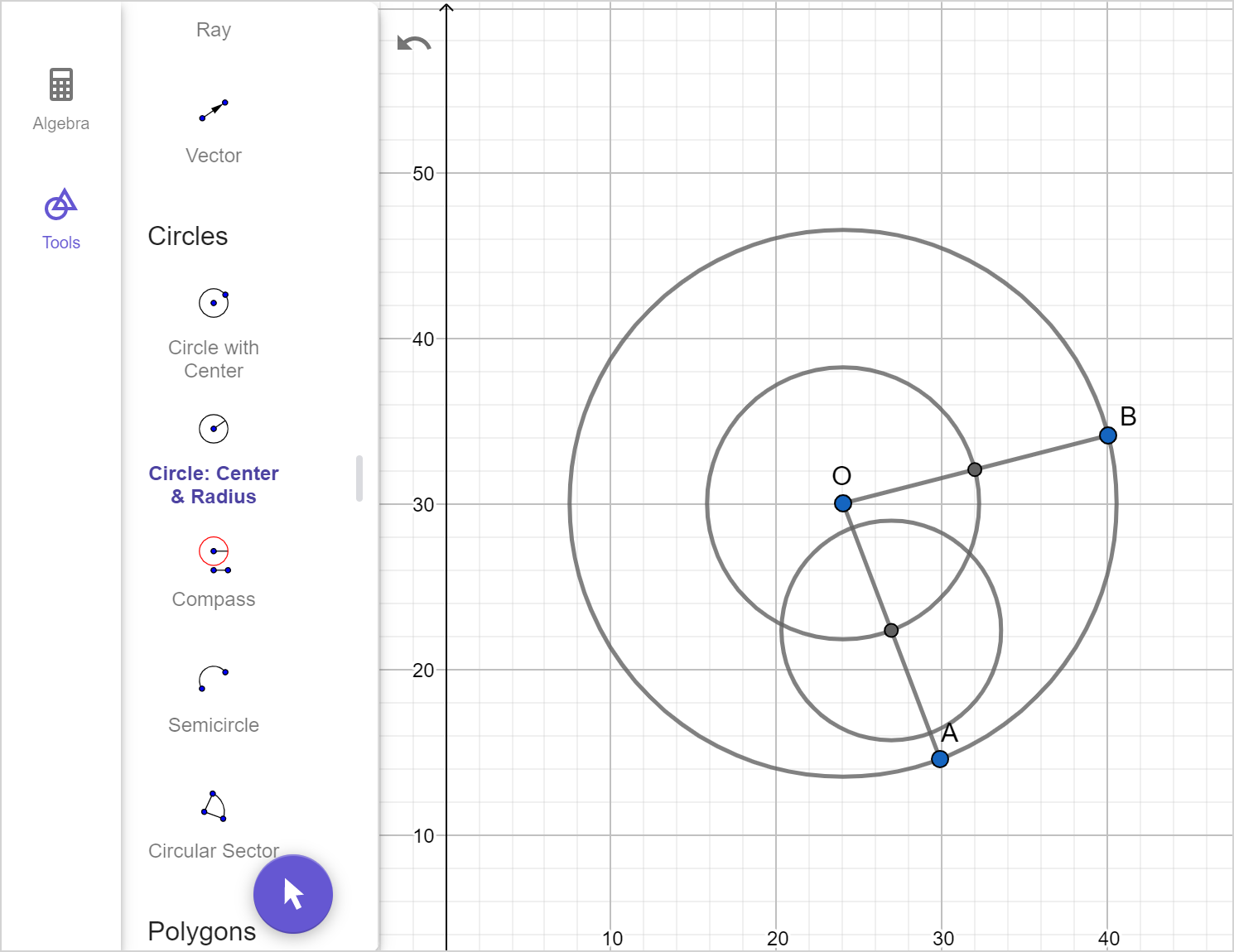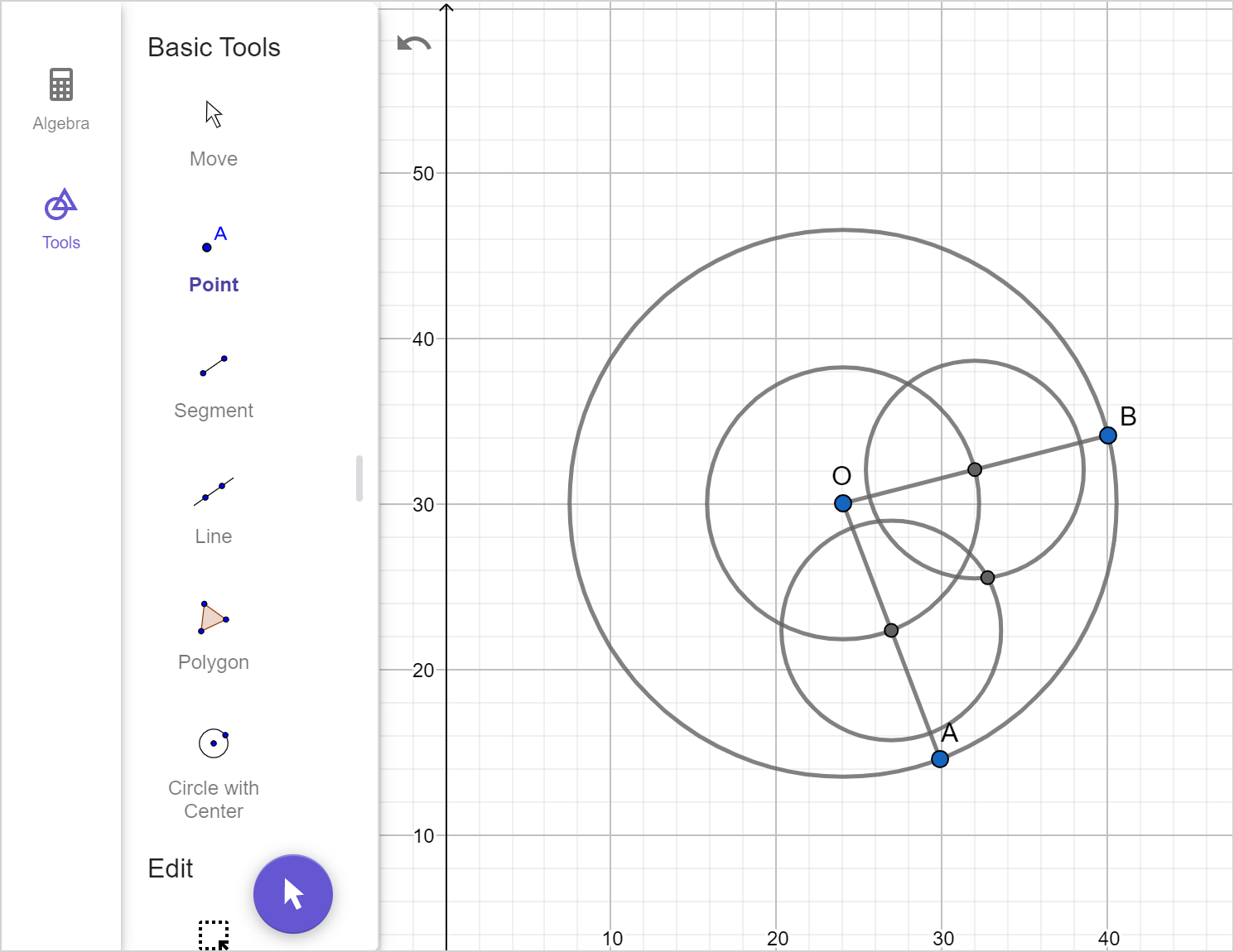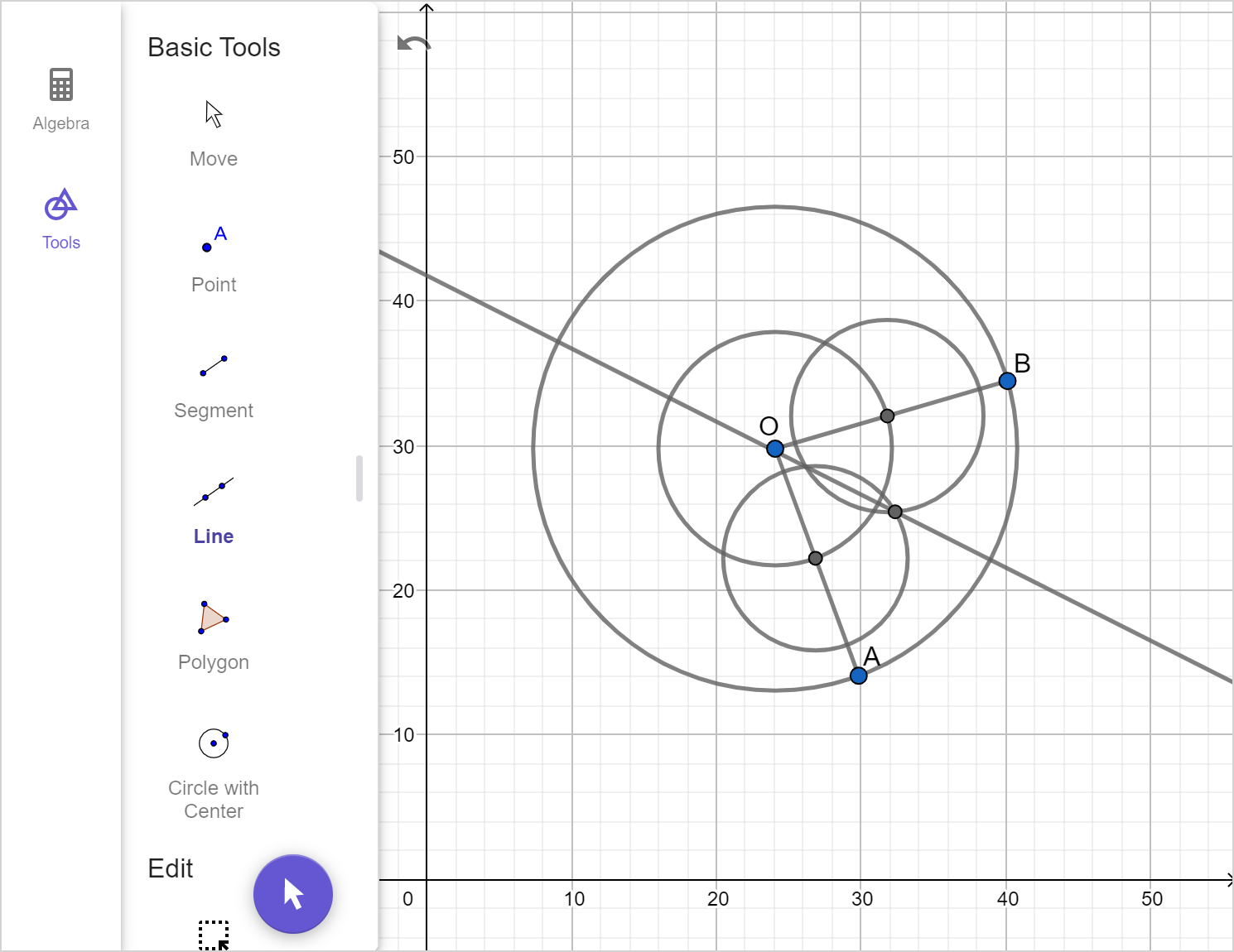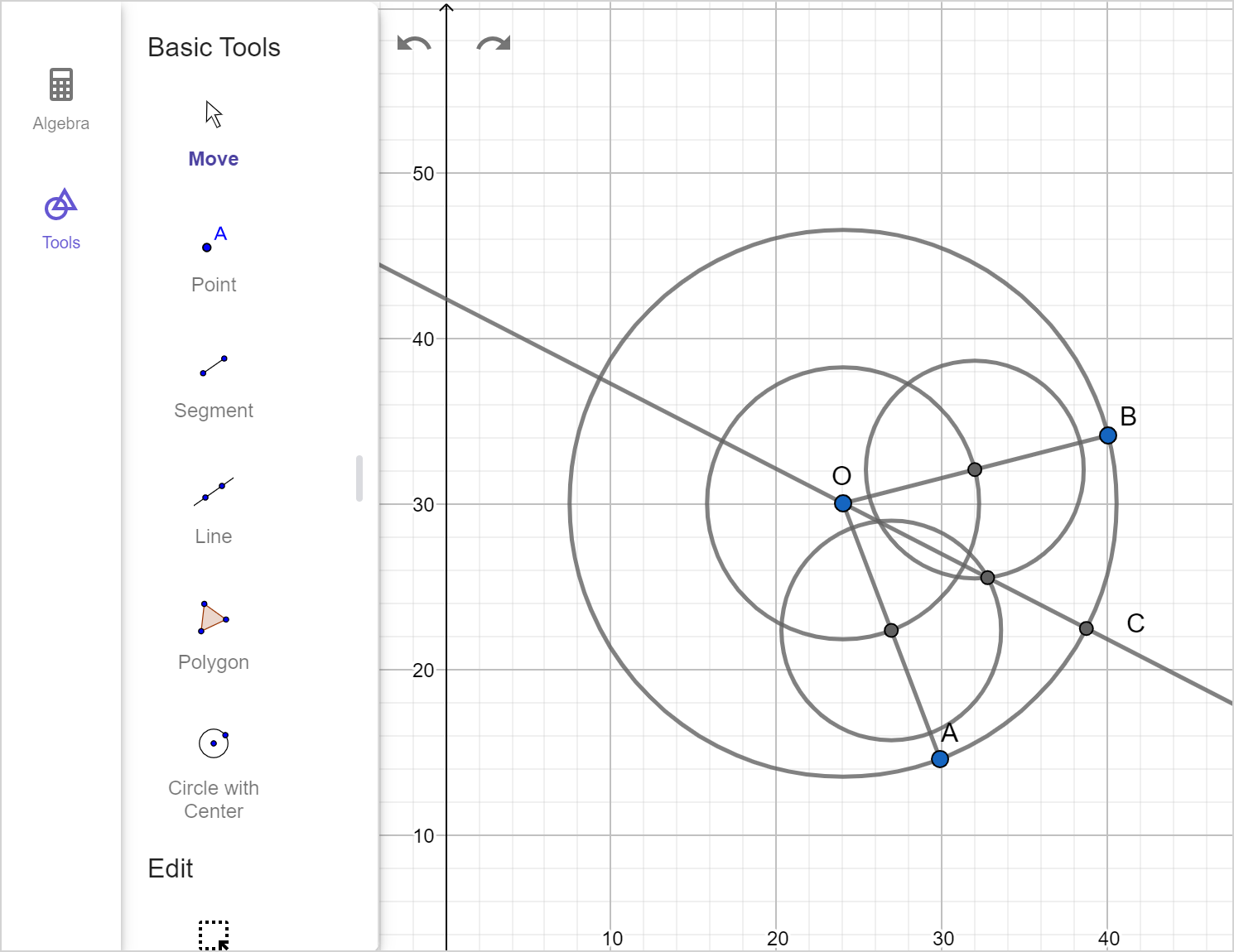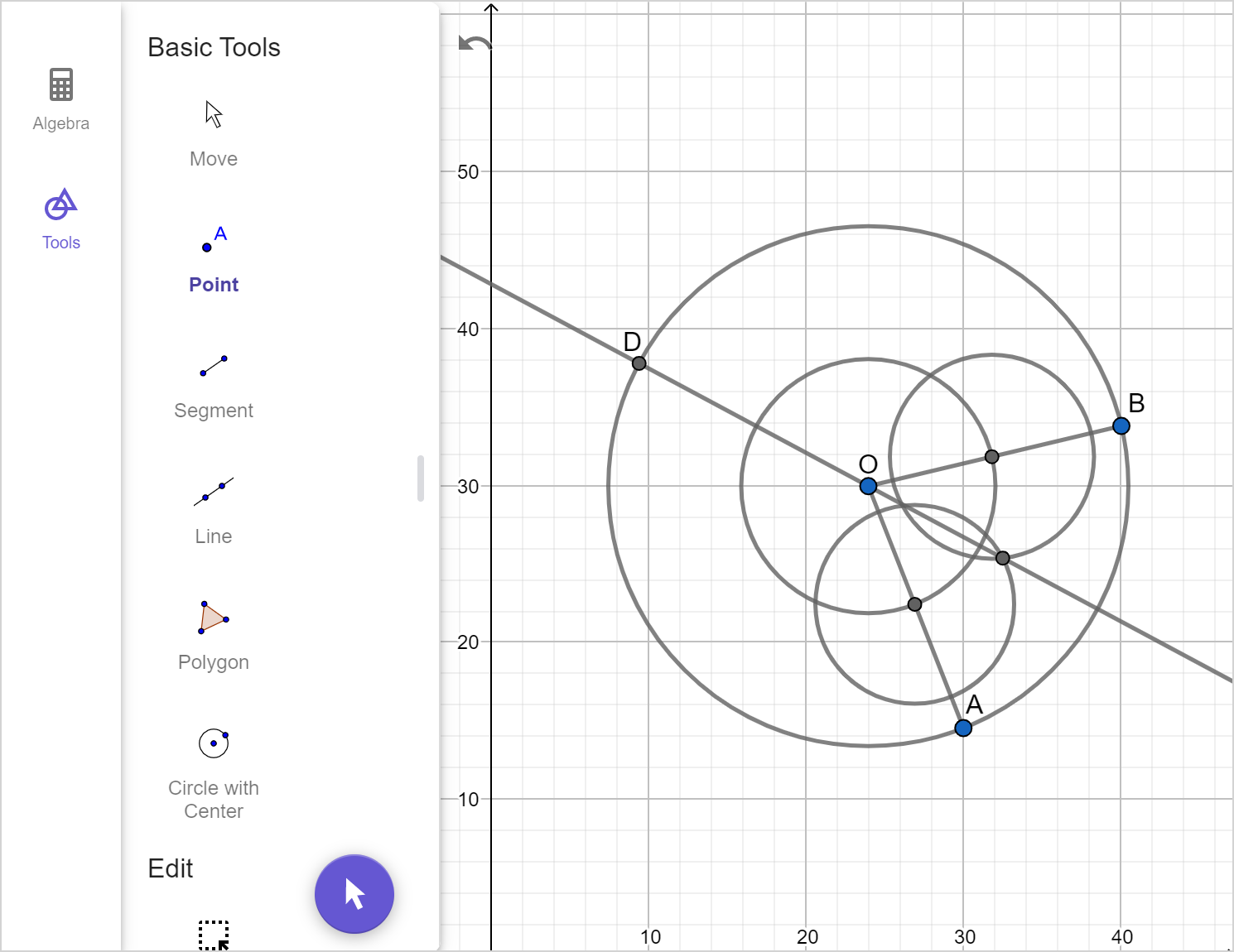1.03 Angles
Concept summary
An angle is formed wherever two lines, segments or rays intersect. There are two postulates that allow us to measure and solve problems with angles.
The angle addition postulate only works for adjacent angles, defined as angles that share a common leg and vertex, but do not overlap.
The measure of an angle is defined using the protractor postulate.
Angles can be classified based on their measure:
To construct a copy of an angle, we will:
- Identify the angle we want to copy.
- Draw a ray that will form one of the legs of the copied angle.
- With the compass point on the vertex of the original angle, use the compass to draw an arc that intersects both legs.
- Copy the arc in Step 3 by placing the point end of the compass onto the endpoint of the ray.
- On the original angle, use the compass to measure the distance between the points where the legs of the angle meets the arc drawn in Step 3.
- Without changing the compass width, copy the distance by placing the compass point where the ray meets the copied arc and draw an intersecting arc.
- Draw a ray that shares its end point with the ray from Step 2, and goes through the intersection found in Step 6.
To construct the bisector of an angle, we will:
- Identify the angle we want to bisect.
- With the compass point on the vertex of the angle, use the compass to draw an arc that intersects both legs.
- Label the intersections with points.
- With the compass point on one of the points from Step 3, draw an arc that passes halfway through the interior of the angle.
- With the compass point on the other point from Step 3, draw an arc that passes halfway through the interior of the angle and intersects the first arc.
- Label the intersection of the arcs drawn in parts 4 and 5 with a point.
- Draw a line that connects the vertex of the angle and the point added in Step 6.
Worked examples
Example 1
Determine the measure of the angle being measured by the protractor.
Approach
Solution
Example 2
Solve for x.
Approach
Solution
Example 3
Consider the diagram, where m \angle PQR = 145 \degree.
Write an equation and solve for x.
Approach
Solution
Find m\angle{SQR}.
Approach
Solution
Example 4
Construct a copy of the angle shown.
Approach
Solution
Reflection
Example 5
A circle centered at O has radii \overline{AO} and \overline{BO} as shown.
Find and label point C, which lies at the midpoint of minor arc \overset{\large\frown}{AB}.
